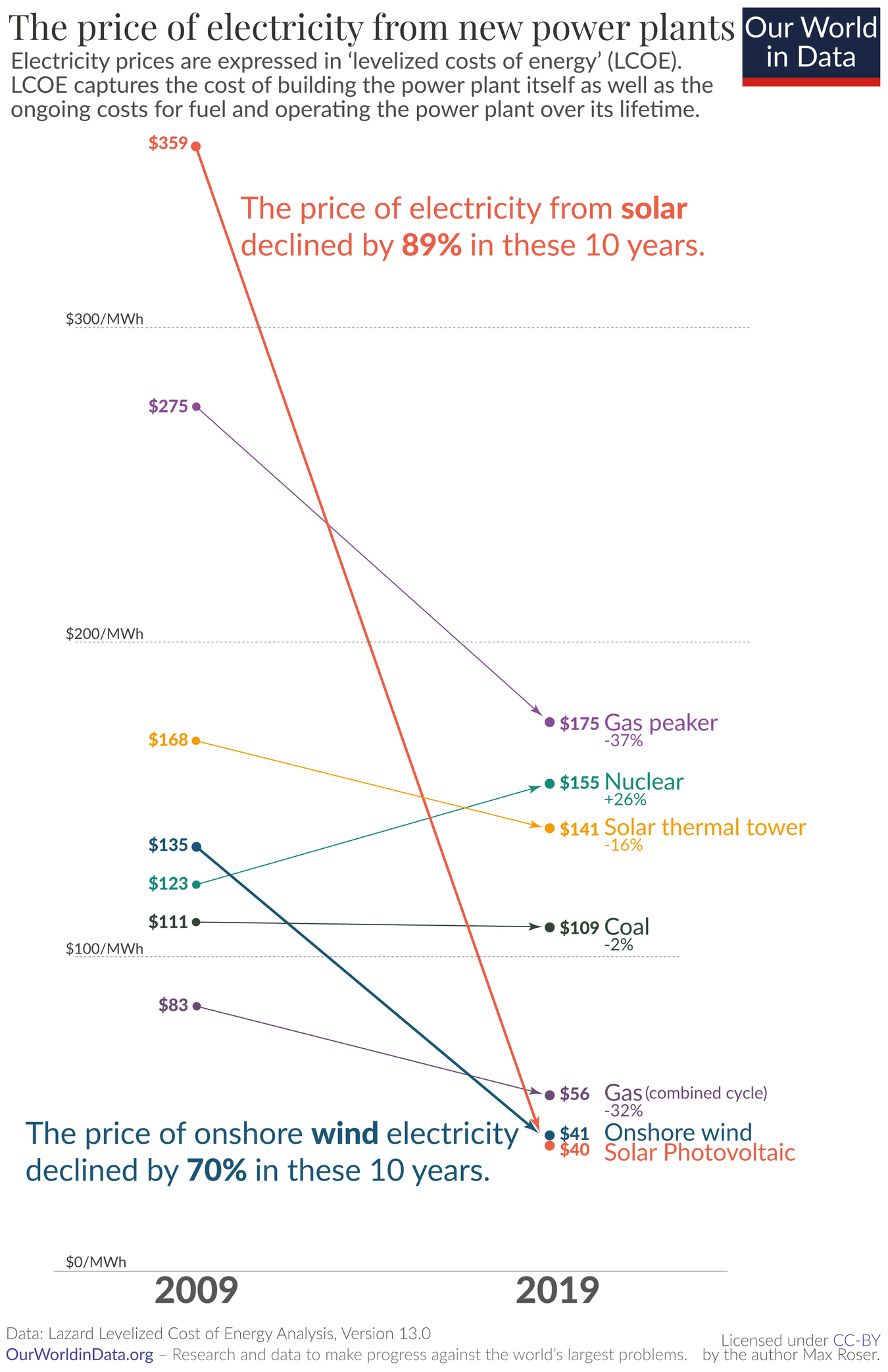Technology
This is the official technology community of Lemmy.ml for all news related to creation and use of technology, and to facilitate civil, meaningful discussion around it.
Ask in DM before posting product reviews or ads. All such posts otherwise are subject to removal.
Rules:
1: All Lemmy rules apply
2: Do not post low effort posts
3: NEVER post naziped*gore stuff
4: Always post article URLs or their archived version URLs as sources, NOT screenshots. Help the blind users.
5: personal rants of Big Tech CEOs like Elon Musk are unwelcome (does not include posts about their companies affecting wide range of people)
6: no advertisement posts unless verified as legitimate and non-exploitative/non-consumerist
7: crypto related posts, unless essential, are disallowed
view the rest of the comments

However, your point also goes ageinst nuclear as this technology is not really steerable either. It produces a base supply. The lack of quick control of nuclear plant output even led to highways beeing lit in the night in Belgium (way back) to burn off the over supply.
The only technologies that can be quickly adjusted up and down are, to my knowledge, gas, hydro an battery storage. In a strictly renewable scenario (0 fossil, 0 nuclear fisson) it is imperative to have a lot of controllable reserves. Currently the plan is to use a mix of (pump) hydro, h2 and biomass powered gas plants and batteries in all shapes and forms (li-Ion, reflow, heat...) to be able to compensate peaks. This all is way more costly than just using wind and solar and hope supply will always be higher than demand.
For those interested I always recommend the yt channel "just have a think". It has really awesome content about green technologies and the current state of affairs concerning the long and hard journey to 0 carbon.
That is honestly an urban myth that nuclear isn’t steerable. It’s not steerable in the second, but it is extremely steerable in the hour or the day, which is more than plenty given that renewables output change by the hour or day, rather than the second.
Yes it’s not frequency management - for that we have pumped storage and batteries. But it sure as shit is steerable enough for matching up with renewables. The wind doesn’t goes from Beaufort 6 to Beaufort 1 within a second.
This is a very interesting rabit hole you sent me into. Thanks for that!
Btw. I don't get why you're beeing downvoted. This is a civilised discussion and your comments are fair and well presented!
I started searching a bit about steering nuclear.
So as usual it doesn't seem to be quite so simple. I found a paper from 2017 (in German https://publikationen.bibliothek.kit.edu/1000102277/121070976 ). interesting parts translated through deepl/chatGPT:
"The operating manuals of the NPPs show that they [nuclear power plants] exhibit considerable flexibility:
In the range close to full load (above 80/90% of the nominal Power), the output can be increased or decreased by up to 10% of the nominal output per minute. In the upper load range (above 50/60 % PNenn), the power plants can be regulated at 3.8-5.2 %/min (for some reactor types, this is reduced to around 1 %/min if individual fuel rods are defective).
For comparison: In lignite-fired power plants, this value is around 3 %/min, 4 %/min for hard coal-fired power plants and 6 %/min for natural gas steam or combined power plants 6 %/min. Only gas turbines, at 12 %/min, are significantly faster.
The lower load range (between 20 and 60%) is also possible, but in discussions with power plant operators it became clear that this has not yet been used in regular operation (apart from start-up and shutdown operations) and is not used in regular operation."
Also it seems that changing output puts stress on the whole systen. As well cited from the paper:
"Another factor is the number of cycles that the plants can undergo. Each load cycle stresses the material and, with frequent repetition, leads to signs of material fatigue. Nuclear power plants were designed for a specific maximum number of cycles during their construction. In the upper load range – for example, a reduction in power from 100% rated power to 80% and back (100-80-100) – coolant temperature and pressure hardly change. Therefore, the power plants are designed for up to 100,000 cycles of such nature. However, in the lower load range, the alternating stress on the components increases, and the maximum cycle count decreases significantly. The cycle 100-40-100, for instance, is allowed only 12,000 repetitions. For the cycle rated load-zero load-hot-rated load (100-0-100), a maximum of 400 cycles is specified. Assuming a plant lifespan of 40 years, this would correspond to 10 of these events per year."
So there seems to be considerable flexibility but you don't want to shut it off completely or run below say 50% of nominal power. Also start-up times from 0 seem to be very long (1-2 days). This might not be the perfect match for running together with renewables, but there are definitively possibilities. Even when it's windy and the sun shines, renewables would need to be shut down and the more expensive nuclear plant would run and burn fuel.
Therefore, my opinion still stands: the ultimate goal should still be 0 burning stuff, 0 nuclear.